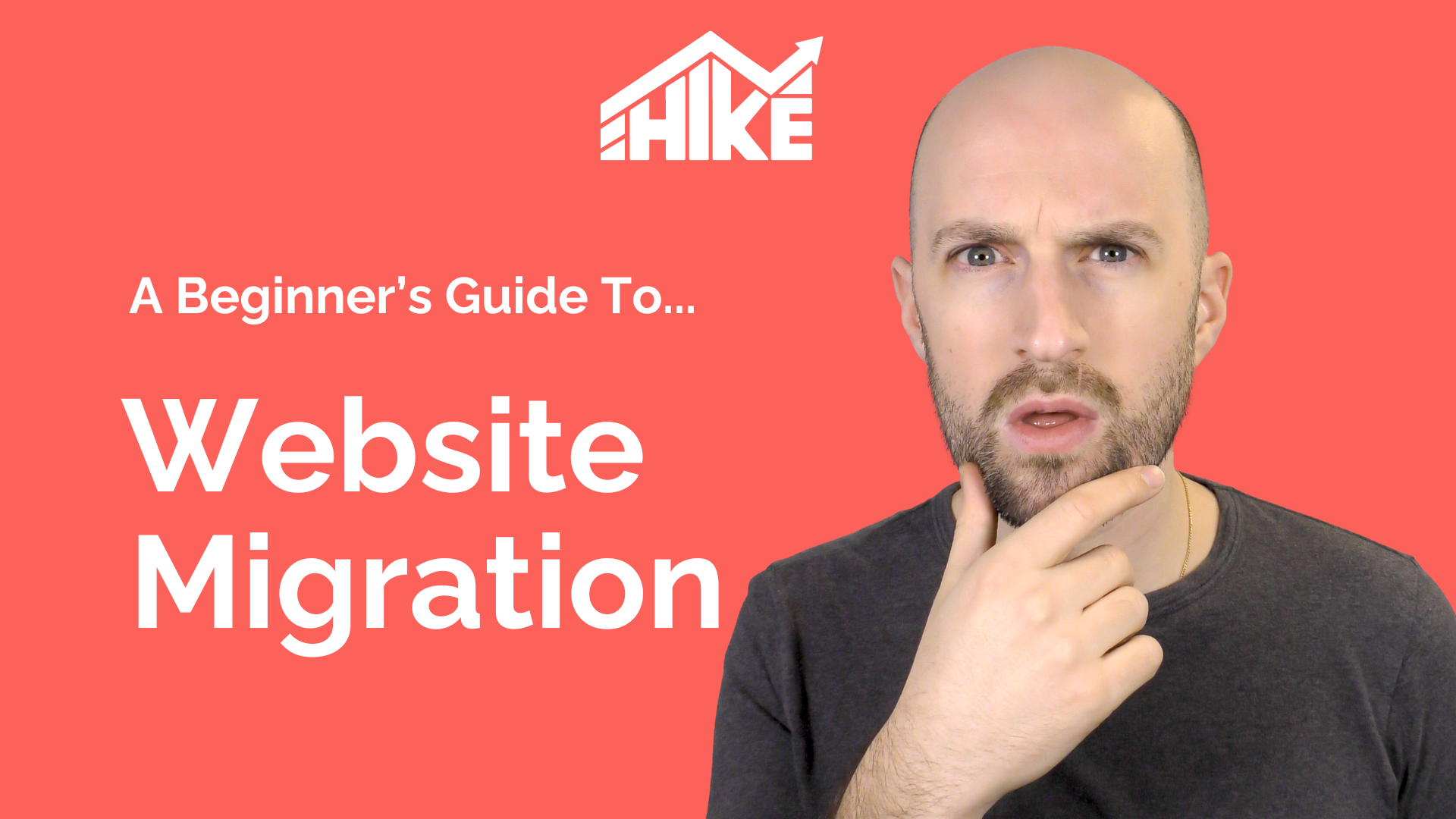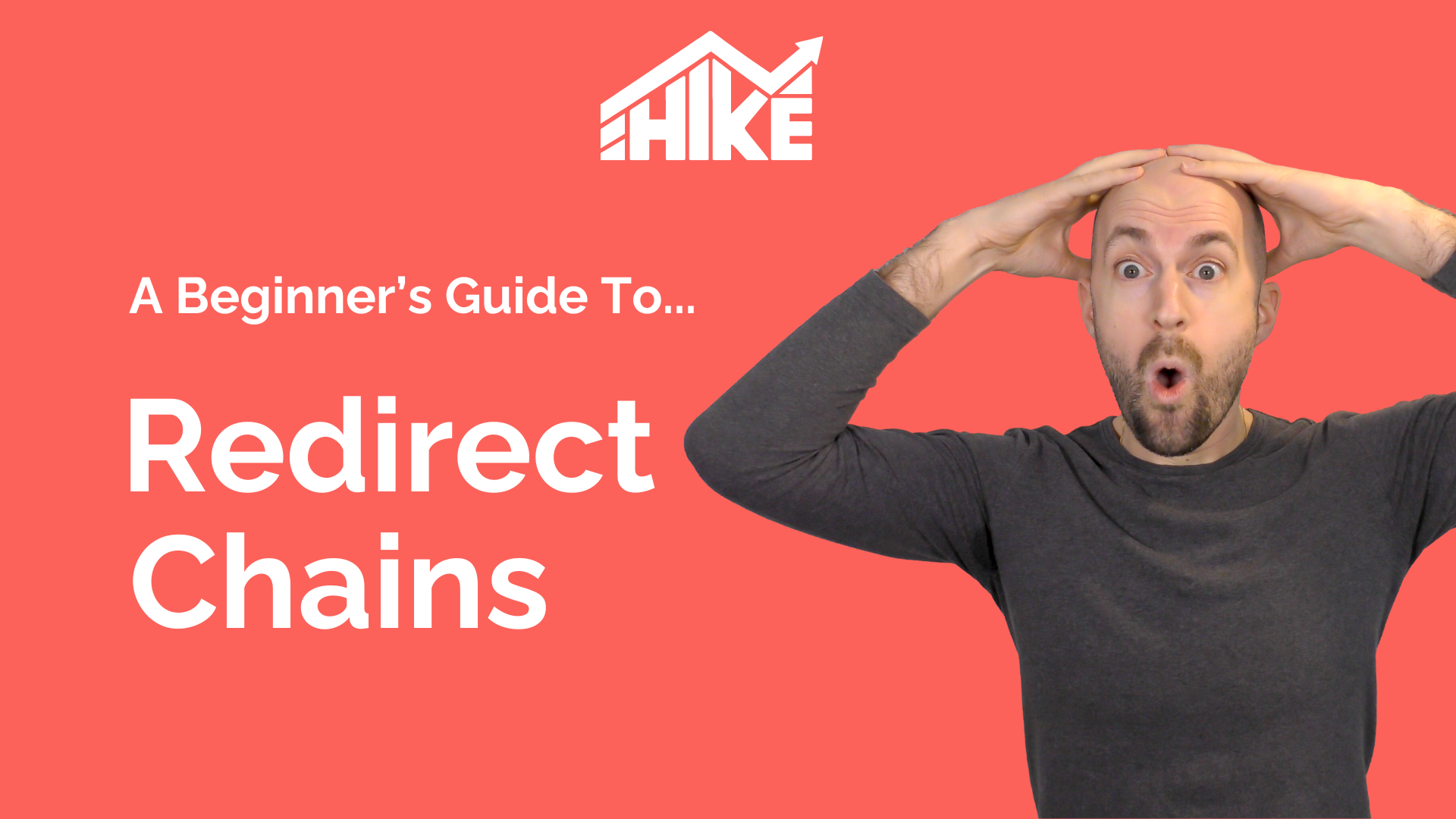If you’ve been doing SEO for any period of time then you’ll have come across the phrase ‘Search Volume’ (NB in this article we will likely often abbreviate ‘Search Volume’ to just ‘SV’ as it’s easier to type!).
SV a very important concept – specifically for building the right SEO strategy. So it’s key that you understand it before you start your SEO journey.
In this post we’re going to cover…
> What Search Volume is
> Why it’s important
> How Google works out Search Volume
> The secret you need to know
> And an alternative method for generating Search Volume
What does Search Volume mean?
SV is a number that details how many Google users search for a particular keyword every calendar month.
At Hike we provide SV data within our platform to help you choose the best keyword strategy for your website, and we get this information straight from the horse’s mouth: direct from Google.
For example, for the keyword ‘SEO‘ Google tell us that the SV in the UK is 33,100. This means that the phrase ‘SEO’ is searched 33,100 times every month. Quite the figure!
But that’s not quite correct.
SV is a monthly average, taken over an entire year. It does not show any seasonality, which many keywords will have.
Let’s take an example. The SV for ‘Christmas trees’ in the UK is 165,000. But – as you can imagine – the number of people searching for this phrase in July will be extremely lower than those searching for this phrase in December.
Look at this graph from Google trends showing the number of searches throughout the year:

But SV won’t detail this. It will take the total number of searches over the entire year and then divide that number by 12 to get the monthly average: 165,000.
Compare this to the phrase ‘SEO’ where the demand is almost equal no matter what time of year you look at:

How does Google work out Search Volume?
This is the important bit to know. Knowing this means you’ll be less likely to miss out on a potential golden nugget keyword.
Google gathers search volume data whenever someone runs a PPC ad on that keyword.
Once someone runs an ad for the term ‘SEO’ or ‘Christmas trees’, Google can then collect information on the number of impressions that advert will see over the time period it runs for.
And impressions == search volume.
The secret you NEED to know
There’s one key fact from the previous section that can make a world of difference when selecting the right keywords for your website:
“…whenever someone runs a PPC ad…“.
Google can only understand how many of it’s users search for a particular phrase if there has been a PPC advert for that same term.
If not, then Google will not have that data. And they will be able to provide a figure.
Also, it’s very likely that Google may want to have impression data for that term for every month of the year so it can provide an average. If it only has data for 6 months of the 12, it may be reluctant to provide an SV figure (due to seasonality impacts – remember the Christmas tree example?).
You may then interpret this as meaning that no-one ever searches for that keyword. Many people do not understand this, and it can be critical when choosing the right keyword strategy.
Just because Google provides no search volume data for a given keyword, it does not mean that nobody ever searches for that keyword.
You may be missing out on a fantastic keyword to target, and likely one that not many other people will target either. So the competition / difficulty will very likely be low.
How do you accurately measure Search Volume?
So how can you accurately measure the number of people that search for a given keyword that Google doesn’t have data for?
If it’s a new keyword, then you’ll need to set up a Google AdWords campaign and advertise for that term.
You’ll need to make sure that your bidding budget ensures you are in ad position 1 (this should be easy, as there’s going to be no competition!), and then keep an eye on the number of impressions you get for that keyword.
These impressions will tell you exactly how many people search for that keyword.
But remember… seasonality! If your impression data is limited to only a particular time of the year then you won’t be privy to any trends that happen throughout the year. So bear that in mind.



